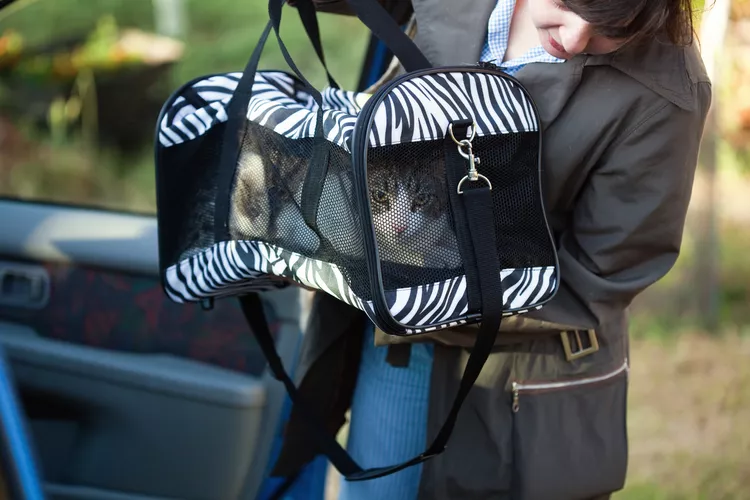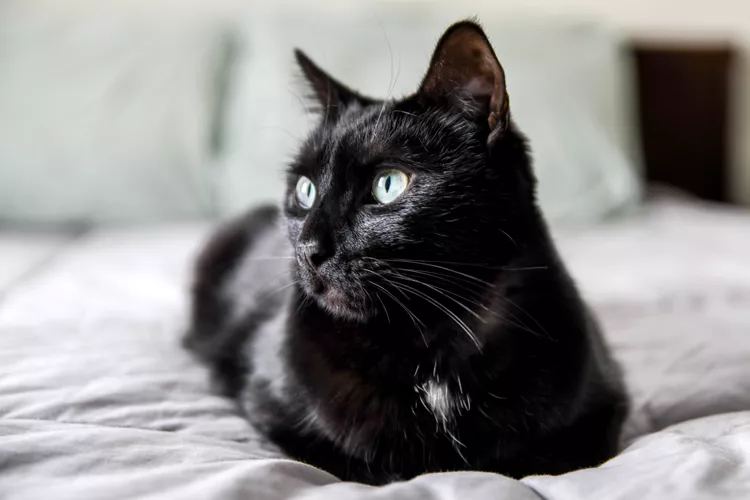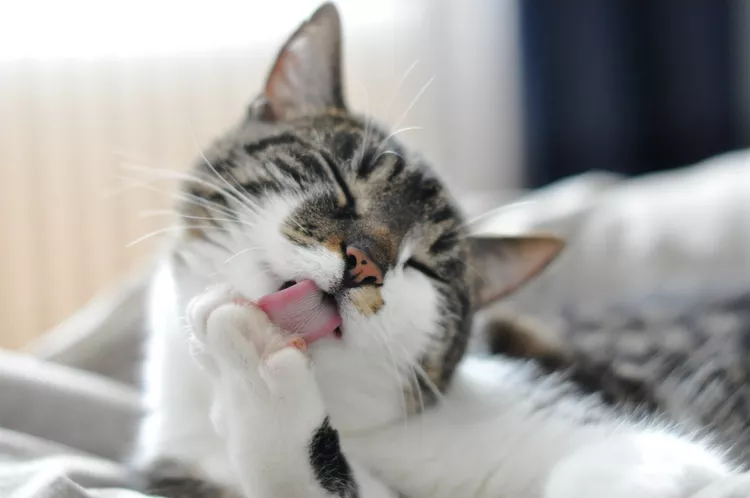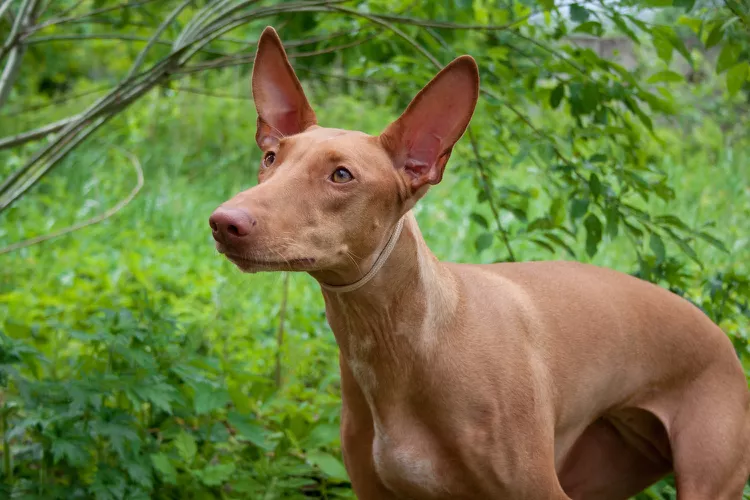
A popular tropical summer staple, coconuts can be found in everything from pies to fruity warm-weather cocktails. Coconuts are technically a fruit, nut, and a seed all rolled into one, and after it’s harvested from trees it can be processed into a variety of different products, from coconut meat to milk to oil.
Some curious kitties might be drawn to its potent and refreshing aroma. But can you share some coconut with your cat?
For starters, sharing a slice of coconut cream pie isn’t the same as offering some plain shredded coconut shavings with your kitty. If you’re thinking about sharing coconut with your cat, keep in mind that it will always have to be the most natural, unprocessed form of coconut since added sugars and other ingredients can be harmful to pets.
Coconut is not toxic to cats, and expert agree it’s something they can occasionally snack on if they happen to like the taste of it. So you can safely offer your cat a little bit of coconut every so often—provided the risk of diarrhea doesn’t bother you.
As always, there are some caveats to that rule. First of all, always be sure to check in with your veterinarian before offering any human food to your cat, as every feline has different health needs and your vet can advise you as to what’s best for your individual four-legged friend.
Additionally, coconut happens to have a high fat content—and the medium chain triglycerides (MCT) found in coconuts is not safe for pets in large quantities. Consuming too much coconut over time can cause a buildup that can lead to hepatic lipidosis, a disease found in cats that occurs when the liver holds too much fat. This condition is dangerous and can be life-threatening.
Other health concerns related to the high fat content of coconut are hyperlipidemia or pancreatitis. Since coconut is also high-calorie, there’s always the risk of causing obesity and other weight-related issues in cats if it’s something they’re eating on a regular basis.
And what about drinking coconut milk? Coconut milk is made when shredded coconut meat is soaked in water and then strained, and it's sometimes used as a substitute for dairy milk from cows. It’s a bit of a misconception that cats can and should be drinking milk; while many kitties love the taste, their bodies can’t process dairy well (they lack the enzymes necessary for breaking down lactose), and drinking milk can often end up giving them diarrhea and other tummy troubles. As far as coconut milk is concerned, there is an upside in that there’s less of chance that it will give your cat diarrhea—however, the fat and calories found coconut milk will cause similar issues for cats as the coconut meat itself.
For all of these reasons, cat owners may not want to offer coconut to kittens, cats with sensitive stomachs, or cats with health conditions such as diabetes or kidney or liver disease. The same rule applies for coconut milk, as well as coconut water.
A liquid found inside green, unripe coconuts, coconut water actually doesn’t contain much fat at all—however, it is rich in potassium (which is why it’s become such a popular health drink for humans). But the problem with potassium for cats is that it can cause hyperkalemia, a toxic excess of potassium that acidifies your cat's blood and can even impact the function of their heart. As a result, cats should not be offered coconut water.
One alternative way to provide your kitty with the flavor of coconut is with the use of coconut oil, which cats can taste in small quantities (such as by adding a few drops to their wet food). Better yet, it can be used when baking homemade kitty treats. But again, don’t forget its high fat content, which poses risks for pets.
And since many humans have discovered the beauty benefits of coconut oil, keep in mind that it can also be used on your cat’s fur to soften tangles and promote a healthy, lustrous coat. Just like with human skin, coconut oil can also be effective on any bare or irritated patches of skin on your cat; the vitamin E and fats found in coconut oil are effective at soothing and moisturizing sore skin for both felines and humans alike.

How to Take a Car Trip With Your Cat
Think you can't travel with your cat? Think again! Traveling with your cat just takes a little preparation and planning. Here's how.
How to Determine Your Cat's Age
Determining the age of an adopted cat is just guesswork, but a vet can look at teeth, sexual maturity, fur coat, and eyes to estimate.
Cat Food Ingredients to Avoid
When checking the nutrition content of cat food, look for ingredients that are not healthy or show it is of poor quality. Avoid these 3 ingredients.
What You Need to Know About Homemade Cat Food
If you want to cook for your cat, make sure to read about the risks associated with homemade diets for cats
Can Dogs Eat Raw Chicken Feet?
What are the potential health benefits of chicken feet for dogs? What are the risks?
Macadamia Nuts and other Nuts That Are Toxic to Dogs
Find out why macadamia and other nuts are poisonous to dogs, what signs to look for, and what is needed to treat the toxicity.
10 Tips for Taking Care of a Senior Dog
Is your dog a senior? Changes to their diet, exercise, and care are required. Here's how to make sure they're living their best and healthiest life.
Hookworms in Dogs
Hookworms can make a dog uncomfortable but may also lead to serious blood loss and anemia. Learn the causes, treatment, and prevention.
Is Swiffer WetJet Safe to Use Around My Pet?
ASPCA toxicologists deemed Swiffer WetJet to be safe for use around pets, but there are other all-natural floor cleaning options available.
Can Dogs Eat Bread?
Is bread a safe snack for you dog? Are there kinds of bread you should avoid? Learn more about whether it's okay to feed your dog bread.
14 Hypoallergenic Cat Breeds for People With Allergies
There are no true hypoallergenic cat breeds. But some, such as the Siamese and Siberian, might be less likely to cause allergies than others.
Burmilla: Cat Breed Profile, Characteristics & Care
The playful and social burmilla is one of the newest cat breeds to be officially recognized by the CFA. Learn about burmilla breed.
Nebelung: Cat Breed Profile, Characteristics & Care
The Nebelung is a rare breed of domestic cat that’s known for their long gray-blue fur and gorgeous green eyes. Learn about the Nebelung cat breed.
Cymric: Cat Breed Profile, Characteristics & Care
The Cymric, a long-haired Manx, is one of the world's oldest cat breeds. This tailless cat is friendly and playful. Learn about the Cymric breed.
Here's Why Cats Groom Themselves
Learn all about cats' grooming habits: how and why cats groom, including mutual grooming, over-grooming, and displacement grooming!
Pharaoh Hound: Dog Breed Characteristics & Care
Learn all about the Pharaoh hound, a sight hound dog breed known for their slim appearance and the ability to blush when excited.
How to Walk Your Dog
Dog walks should be fun for your dog while respecting your community. Learn why walking your dog is important and get essential safety and training tips.
How to Stop Your Dog From Whining
Whining is a natural way for your dog to communicate with you. Explore the reasons dogs whine and how to discourage your dog from whining too much.
How to Stop Your Dog From Barking Excessively
All dogs bark, but excessive barking is a behavior problem. Learn how to help stop excessive barking and prevent it from happening all the time.
How to Train Your Dog to Live With Another Dog
When you add a second dog to your household, it's natural that there will be an adjustment period. Learn how to get two dogs to become acquainted.